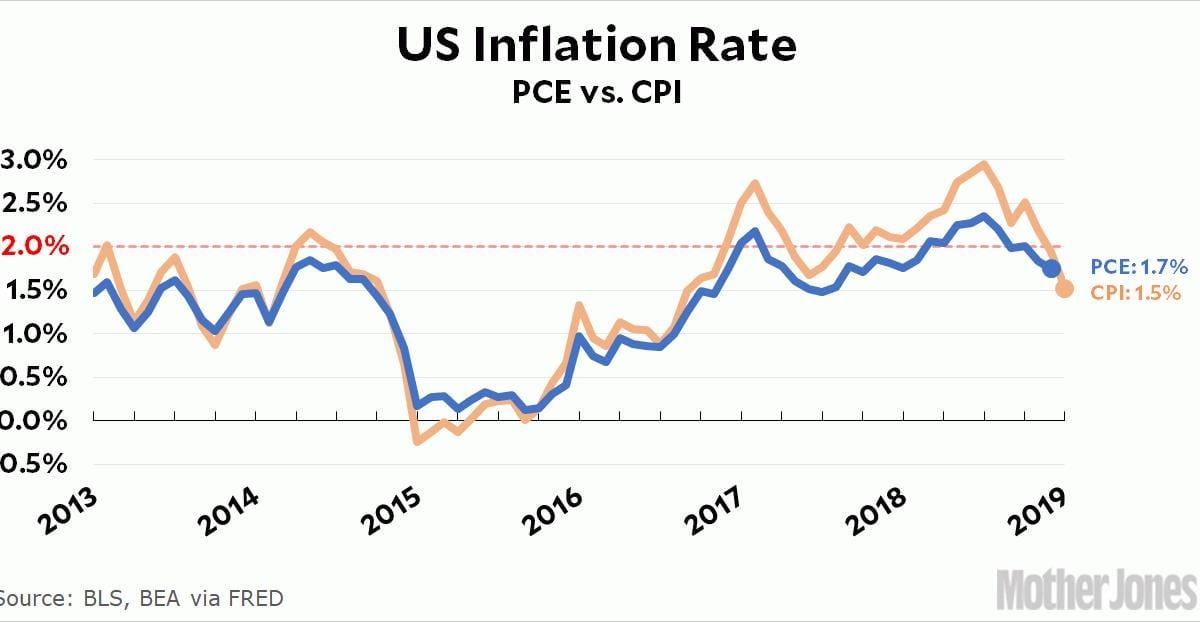Consumer prices rose by 0.2% this August, marking the lowest annual inflation rate seen since early 2021, according to the latest report from the U.S. Labor Department released this past Wednesday. This new data could set the stage for the Federal Reserve's anticipated quarter-point rate cut as soon as next week.
The consumer price index (CPI), which serves as a broad indicator covering various goods and services across the U.S. economy, aligned with the Dow Jones consensus forecast at the 0.2% increase. The accumulated annual inflation rate now stands at 2.5%, down from 2.9% recorded last month, slightly below the expected 2.6%.
Notably, the core CPI, which excludes the fluctuative prices of food and energy, saw a monthly uptick of 0.3%, marginally surpassing expectations of 0.2%. Over the past year, the core inflation rate is registered at 3.2%, consistent with analysts' predictions. Despite these signals indicating moderate inflation, pressures still loom particularly from housing costs.
The shelter component of the CPI saw an increase of 0.5% last month—this factor carries roughly one-third of the overall index weight and has led to significant concern, with year-over-year changes showing shelters have grown by 5.2%. Conversely, food costs only increased by 0.1%, and energy prices fell by 0.8%, reflecting some relief for consumers.
Additional figures highlighted declines within specific segments, as used vehicle prices dipped by 1%, medical care services fell by 0.1%, and apparel prices rose slightly by 0.3%. Following the data’s release, stock market futures showed a downward trend, whereas Treasury yields experienced spikes. Traders anticipated about 85% probability for the Federal Open Market Committee to approve the quarter-point interest rate reduction at their gathering on September 18, based on metrics tracked by CME Group's FedWatch tool.
This was significant news, as many analysts were quick to speculate about the broader economic impacts of these changes. One noteworthy observation came from Chris Weston, the head of research at Pepperstone, who remarked on how the market reacted to the recent U.S. presidential debate, connecting it to economic perceptions.
The backdrop to this inflation data came from the heated exchanges during the first presidential debate, where concerns about the economy were front and center, drawing mixed reactions from investors. Kamala Harris and Donald Trump clashed on various points including not just the economy, but also immigration and legal matters surrounding Trump himself. Following the debate, the focus shifted urgently to fiscal policies from the candidates as investors sought clarity.
Market sentiment leaned tenuously toward Harris, bolstered by endorsements from figures like Taylor Swift—input from such endorsements can significantly shift perceptions, especially among younger voters. The dollar exhibited weakness against other currencies, particularly as the Japanese yen climbed to highs not seen since December.
Despite the anticipation for potential Federal Reserve rate cuts, the initial reports presenting mixed results from the labor market left uncertainty about the Fed's potential moves. A clear signal was needed to prompt decisive action, according to Rob Carnell, ING's regional head of research for Asia-Pacific.
All eyes remain firmly fixated on the upcoming Labor Department report, which is anticipated as it may offer key insights relevant to policy decisions. The broader economic climate continues to demonstrate the tightrope walk the Fed has been on, balancing between stimulating the economy and managing inflation without triggering recessionary spiral.
Although the latest inflation figures indicate moderation, the persistence of challenges like rising housing costs reminds everyone involved—policymakers, economists, and consumers alike—that the road to stability might still be bumpy. How this situation evolves may become clearer with the September Federal Open Market Committee meeting approaching at full speed.




